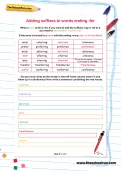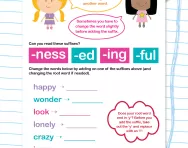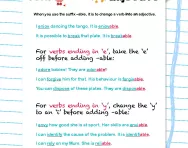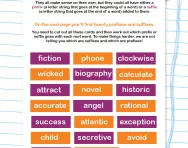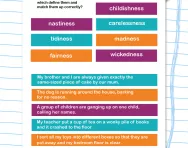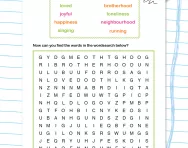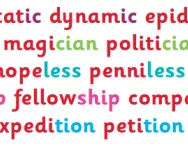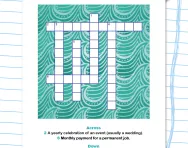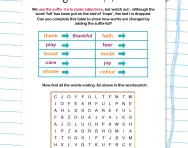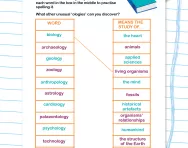TheSchoolRun.com closure date
As we informed you a few months ago, TheSchoolRun has had to make the difficult decision to close due to financial pressures and the company has now ceased trading. We had hoped to keep our content available through a partnership with another educational provider, but this provider has since withdrawn from the agreement.
As a result, we now have to permanently close TheSchoolRun.com. However, to give subscribers time to download any content they’d like to keep, we will keep the website open until 31st July 2025. After this date, the site will be taken down and there will be no further access to any resources. We strongly encourage you to download and save any resources you think you may want to use in the future.
In particular, we suggest downloading:
- Learning packs
- All the worksheets from the 11+ programme, if you are following this with your child
- Complete Learning Journey programmes (the packs below include all 40 worksheets for each programme)
You should already have received 16 primary school eBooks (worth £108.84) to download and keep. If you haven’t received these, please contact us at [email protected] before 31st July 2025, and we will send them to you.
We are very sorry that there is no way to continue offering access to resources and sincerely apologise for the inconvenience caused.
Adding suffixes to words ending -fer
When a verb ends in -fer, if you want to add the suffixes -ing or -ed to it, you need to add another r at the end. If the word is turned to a noun with the ending -ence, the r is not doubled. Now see if you know what all the words in the left-hand column mean. Can you write a sentence containing the red words?
How can you explain what a suffix is to a KS2 child?
A suffix is a little part that we add to the end of a word to change its meaning. You could explain to your child that it is like adding a special ending to a story that changes what the story is about.
How do you spot a suffix in KS2?
- Look at the end of a word.
- See if there's a little part added on that changes what the word means or how it works in a sentence.
- For example, in helpful, the suffix is -ful and it means 'full of help.'
What are 10 examples of a suffix in KS2 learning?
Here are 10 common examples of suffixes that children might encounter in KS2:
-ed: refer becomes referred
-ing: run becomes running
-s: cat becomes cats
-er: teach becomes teacher
-est: tall becomes tallest
-ly: quick becomes quickly
-ful: joy becomes joyful
-less: hope becomes hopeless
-ness: kind becomes kindness
-ment: achieve becomes achievement
